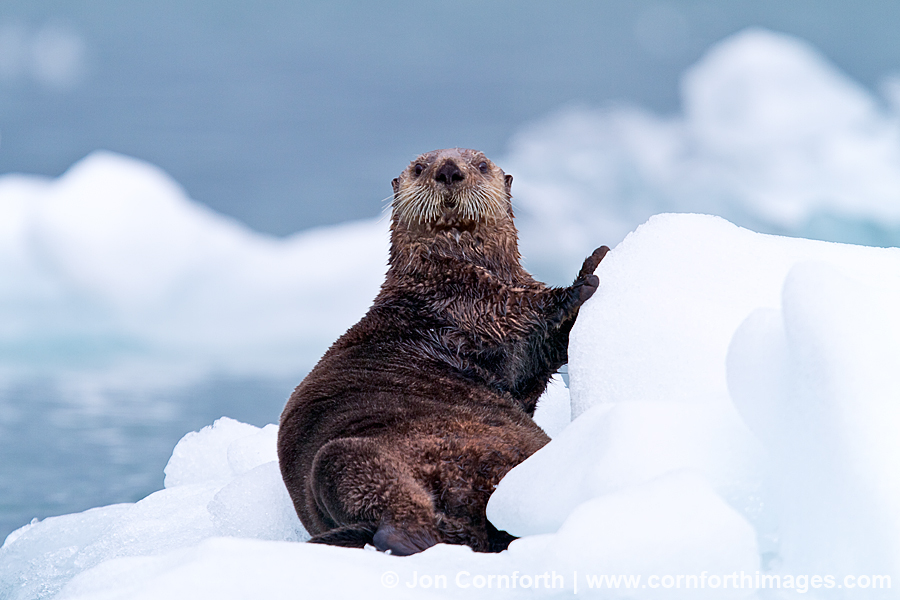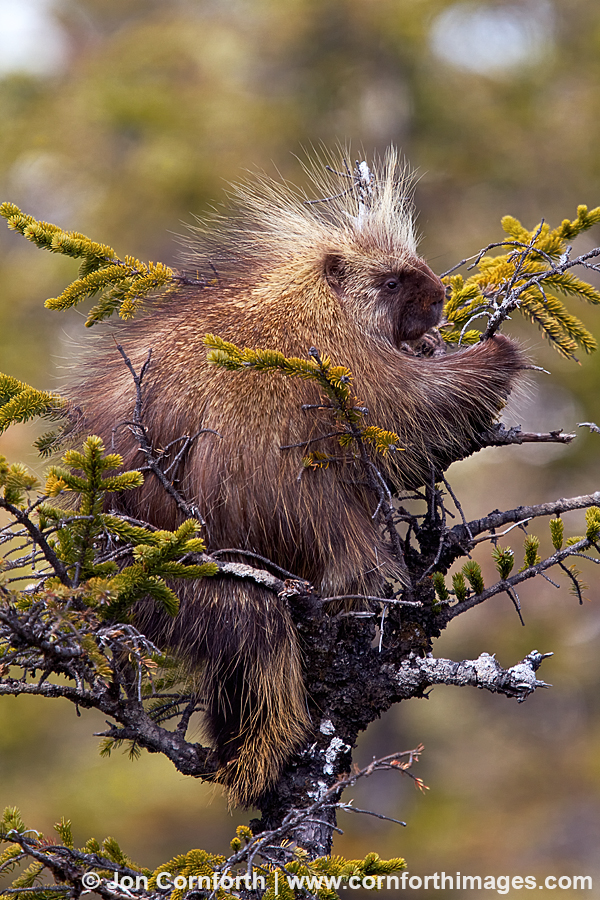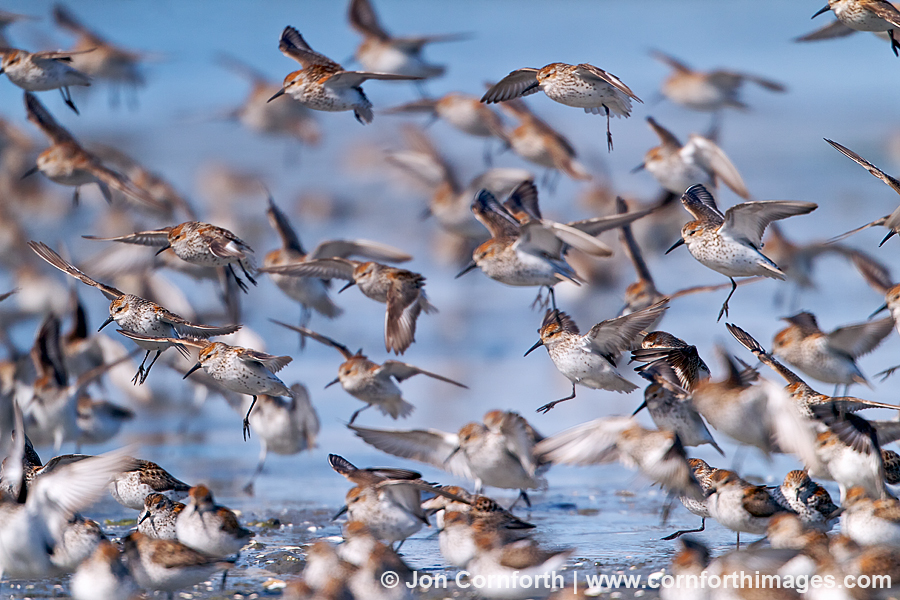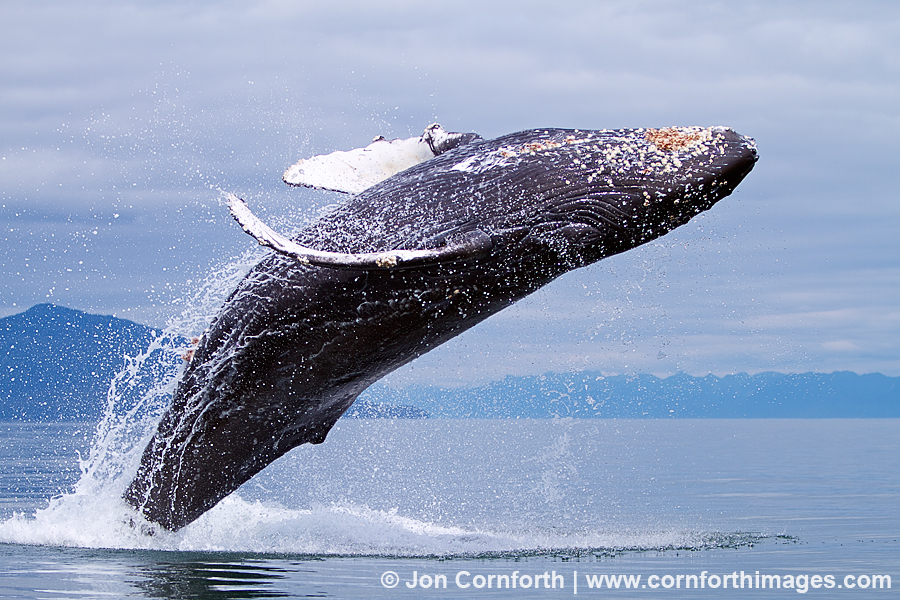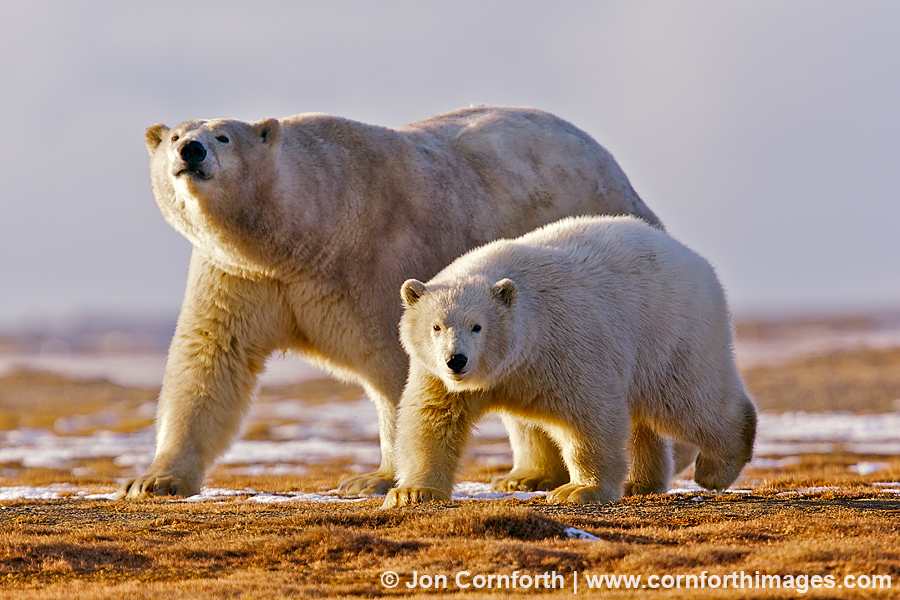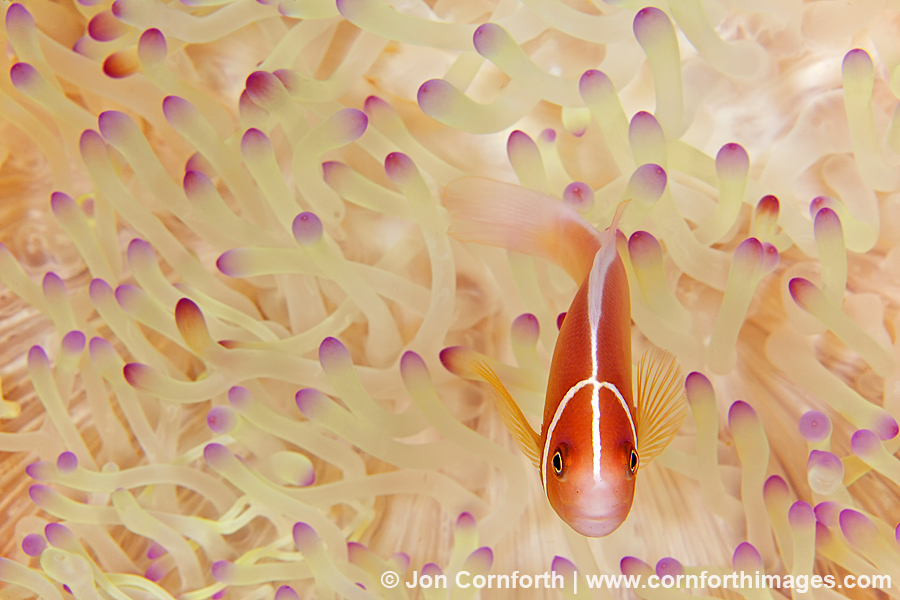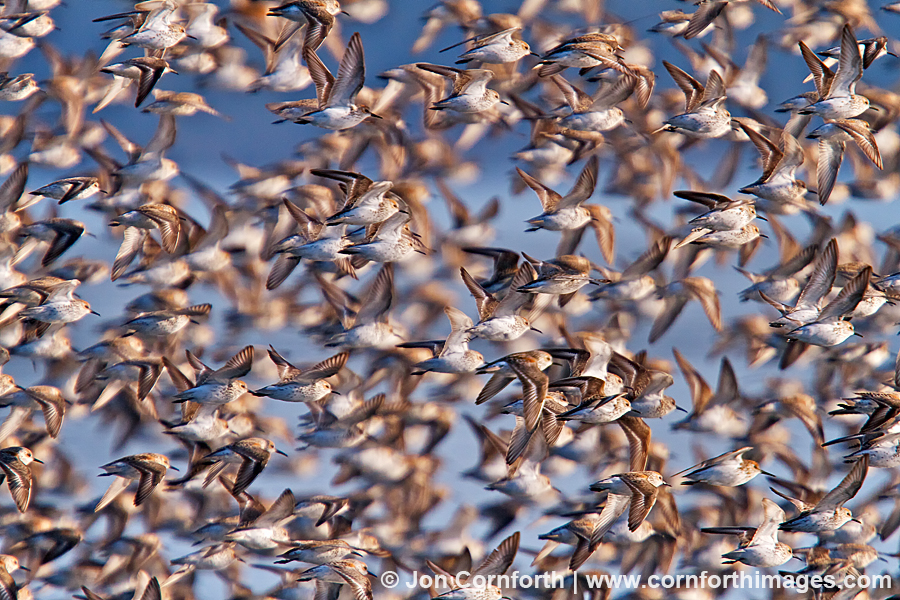
Hartney Bay Sandpipers 32
Posted onThis is another image from my visit to Cordova, Alaska last month. The focus of my trip was photographing the shorebird migration that takes place each spring along the Copper River delta. Naively, I anticipated millions of shorebirds, but I never saw more than perhaps 10,000 all at once. This was still a spectacular sight to photograph, and how many birds did I really need? The best time to photograph the shorebirds was at high tide, which fortunately corresponded with sunrise and sunset that week. I was also lucky that the sky was clear so that I was able to take advantage of the golden light. This is one of my favorite pictures of the birds in flight. I created this image with my Canon 7D and 400mm f4 DO IS lens plus 1.4X tele-converter. I slightly cropped the original image to make a stronger composition, otherwise, it required minimal processing using Aperture 3 and Photoshop CS5.


